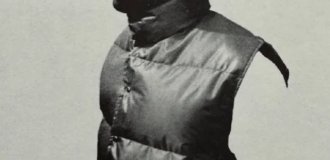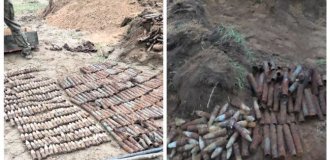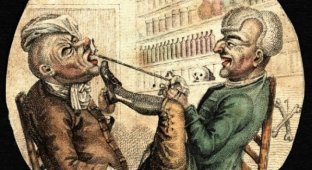At all times, there has been a practice of disturbing the peace of the dead. Moreover, the older the grave, the more tempting the prospect of plundering it seemed. 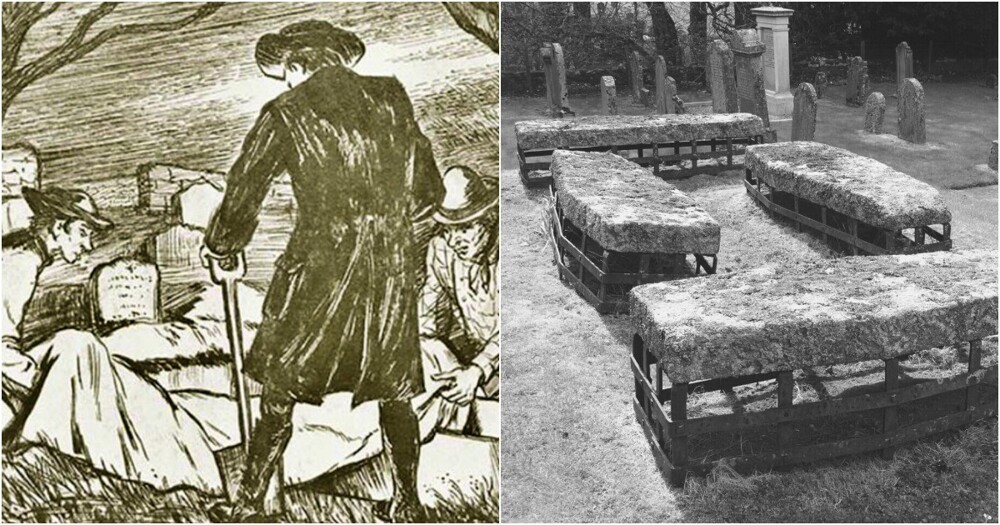
The contents of the crypts usually went into private collections, as a dear relative was often seen off on his last journey, provided with family jewelry.
In the cemeteries of Europe during the Middle Ages, cemetery vandalism was very common and wealthy families tried to protect the crypts with metal bars. Even later they began to be called mortsafes and first appeared in cemeteries in England in the 18th century. 
Ironically, European cemeteries suffered the most during the Enlightenment. Such a profession as a pathologist was prohibited until the 18th century - for religious reasons. But doctors needed research into the human body; they understood that the solution to many therapeutic problems lies in understanding the structure of the body. The English Parliament allows autopsies and the bodies of those sentenced to death were given for scientific purposes. Moreover, a quota was introduced (due to a lack of exhibits) - no more than four autopsies per year. It is clear that this was catastrophically insufficient for a qualitative study. 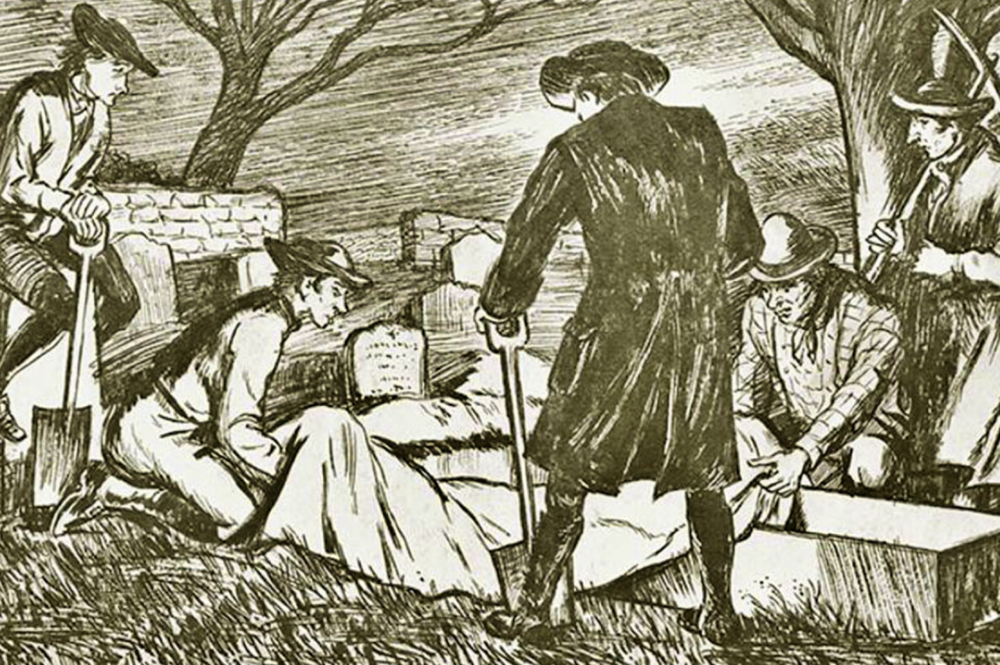
This is how an illegal and profitable business emerged - supplying pathologists with fresh corpses imported from abroad, or even desecrating local fresh graves. Of course, having dug up the body, the robbers did not limit themselves to delivering the body - they collected all the clothes, personal belongings, and jewelry from the corpse. Moreover, even if they were caught at the crime scene, it was impossible to call them to account - exhumation was officially permitted. And only half a century later, in 1832, by the will of parliament it became possible to buy bodies for research absolutely legally. But by that time, so many graves had been torn up and robbed that the tradition of setting up mortsafes had become very widespread. 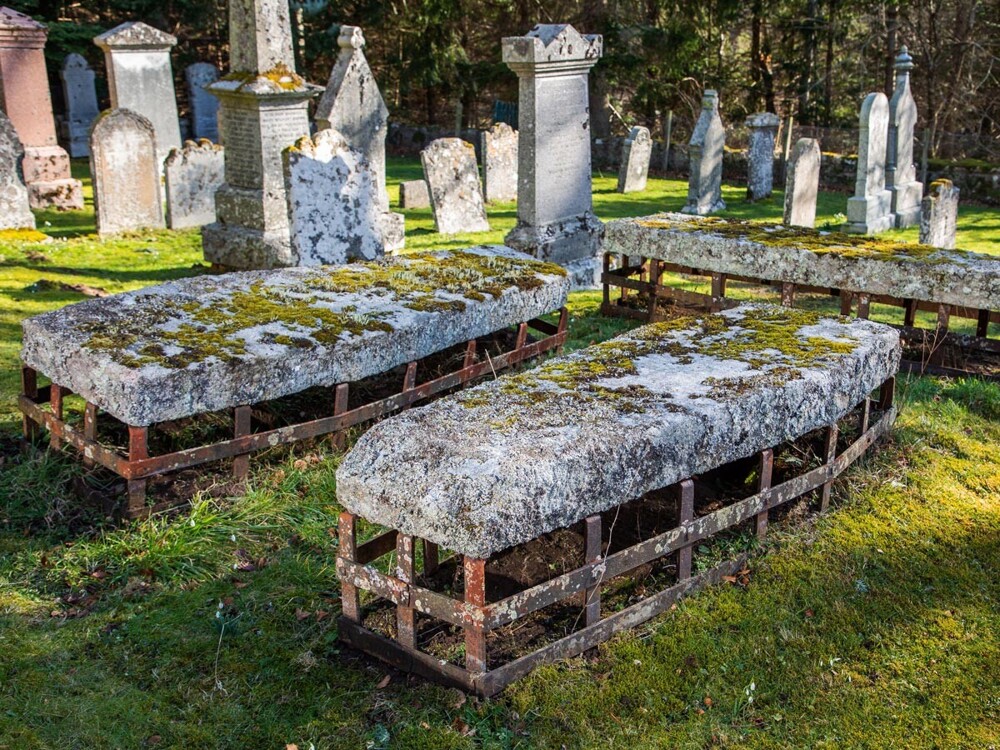
The Church, for its part, perceived the permission of the exhumation negatively. In general, they were somehow unkind to medicine and suggested surrendering to the will of God instead of medicine.
The clergy continually read sermons, where they spoke in eerie detail about the torment awaiting someone whose body was violated after death. The flock, in horror, tried to protect their beloved dead from vandalism.
Special detachments were created, the number of which could often reach up to a thousand people. For a fee, the guards took over the protection of the grave. Observation towers were installed near the graveyards.
But even despite the security and shift guards, they still managed to dig up the graves. 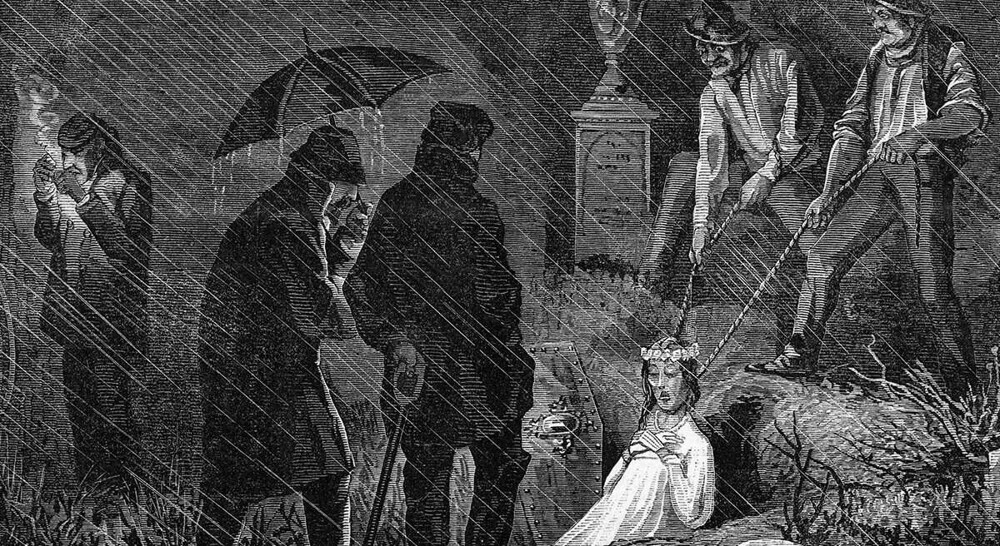
But all these measures were the lot of wealthy citizens. The poor had to get out in their own way: the graves of relatives were covered with a pile of stones, covered with a layer of turf, the burial was dug up to pretend that it had already been robbed, and heather was planted.
In 1781, an Englishman invented metal coffins and received a patent. They did not differ in appearance from ordinary ones, but for robbers they became quite a tangible obstacle. But only the rich part of the population could afford them, and the weight of such coffins was much heavier than usual. 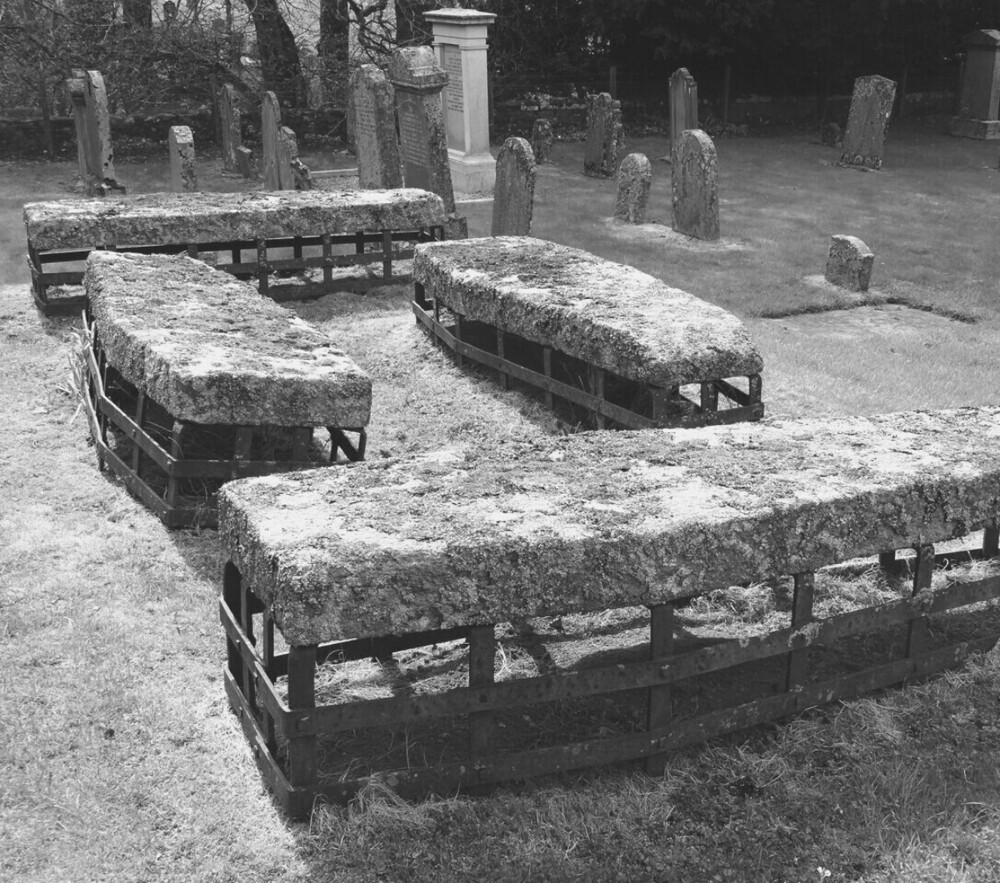
Most often, mortsafes looked like one of three options:
a high fence of two human heights and it was placed on several graves at once. Even if the robber could get over it, it would not be easy to move the corpse to the other side;
cell. Iron pins were placed over the fresh burial and intertwined into a lattice on top. The top of the cage was pressed down with heavy boulders;
Morttower. A very high crypt with niches for all family members. From the outside, a heavy lock was hung on such towers, and often more than one.
Add your comment
You might be interested in:


